TremorStim
FAQ
What is an essential tremor?
Essential tremor is usually not a dangerous condition, but it typically worsens over time and can be severe in some people. Other conditions don’t cause essential tremor, although essential tremor is sometimes confused with Parkinson’s disease.
Essential tremor can occur at any age but is most common in people age 40 and older.
Essential tremor (ET) is among the most frequent neurodegenerative movement disorders. It usually manifests as a postural and kinematic tremor of the arms, but may also involve the head, voice, lower limbs, and trunk.
Available drug therapies have limited benefits and many side effects. Surgical interventions like deep brain stimulation are the last-line treatment options for the most severe cases with high risk factors. There is a great demand and need for the development of non-invasive peripheral or brain stimulation alternatives to drugs and surgery with less side effects and less risks.

What are the symptoms of essential tremors?
Symptoms
Essential tremor signs and symptoms:
- Begin gradually, usually more prominently on one side of the body
- Worsen with movement
- Usually occur in the hands first, affecting one hand or both hands
- Can include a “yes-yes” or “no-no” motion of the head
- May be aggravated by emotional stress, fatigue, caffeine or temperature extremes
What drugs are used today for essential tremors and what are their side effects?
Medications
- Beta blockers. Normally used to treat high blood pressure, beta blockers such as propranolol (Inderal) help relieve tremors in some people. Beta blockers may not be an option if you have asthma or certain heart problems. Side effects may include fatigue, lightheadedness or heart problems.
- Anti-seizure medications. Epilepsy drugs, such as primidone (Mysoline), may be effective in people who don’t respond to beta blockers. Other medications that might be prescribed include gabapentin (Gralise, Neurontin) and topiramate (Topamax, Qudexy XR). Side effects include drowsiness and nausea, which usually disappear within a short time.
- Tranquilizers. Doctors may use benzodiazepine drugs such as clonazepam (Klonopin) to treat people for whom tension or anxiety worsens tremors. Side effects can include fatigue or mild sedation. These medications should be used with caution because they can be habit-forming.
- OnabotulinumtoxinA (Botox) injections. Botox injections might be useful in treating some types of tremors, especially head and voice tremors. Botox injections can improve tremors for up to three months at a time. However, if Botox is used to treat hand tremors, it can cause weakness in your fingers. If Botox is used to treat voice tremors, it can cause a hoarse voice and difficulty swallowing.
What is TremorStim?
TremorStim is a bioelectric stimulator with specific precise bioelectric signaling sequences for controlling essential tremors and other similar neurodegenerative disorders applied non-invasively. This is achieved in particular with controlled expression up regulation of specific proteins known to suppress essential tremors and the down regulation of other proteins known to trigger or extend essential proteins. The TremorStim peripheral stimulation product may be applied to the wrist, ankle, back or ear lobes or a combination thereof. The electrodes may be surface skin electrodes or electro acupuncture needles including micro needle patches.
The main TremorStim patent claims are highlighted below…
1. A method of treating a subject suffering from a neurodegenerative disorder, the method comprising:
applying a bioelectric signal to the subject that stimulates the expression and/or release of polypeptide(s) useful in the treatment of the neurodegenerative disorder.
Method of claim 1 applying a bioelectric signaling sequence to a cell that stimulates the cell to express and/or release EAAT2 polypeptide. wherein Lingo-1 is further down-regulated in the subject.
In addition, peripheral stimulation has been applied in the same perspective. Hence, the aim of TremorStim is to emerge forward with a non-invasive central and peripheral stimulation device alternative. TremorStim Plus is being developed for more serious Non-invasive brain stimulation techniques,direct current stimulation, are used to get essential tremors under control.
What is TremorStim Plus?
TremorStim Plus combines peripheral nerve stimulation with brain stimulation and in some cases focused ultrasound and/or pulsed light therapy for a more comprehensive treatment plan for severe advanced cases. Peripheral nerve stimulation in these cases may be applied to the wrist, ankle, back, ear lobes and head. Focused ultrasound will be applied to the head as well. Pulsed light therapy may be applied to the entire body including the head. In extremely severe cases this may be combined with infusions or injections of a mixed biologic composition comprised of a selection of or combination of any of these components; stem cells, amniotic fluid, PRF, Wharton’s Jelly, umbilical cord blood, selected exosomes, selected growth factors, micro RNA gel, nutrient hydrogel, oxygenated or other nanoparticles, selected alkaloids such as tetraharmine and micro matrix fragments.
